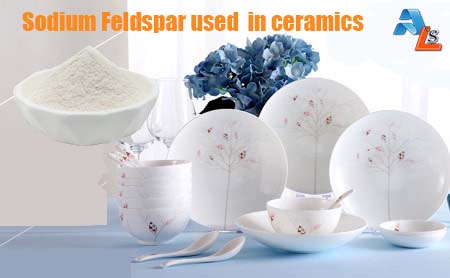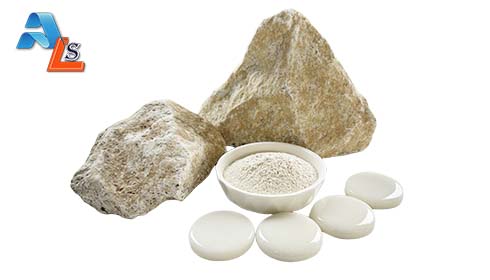
Ceramics, derived from the Greek word “keramos” meaning pottery, encompass a broad range of materials known for their inorganic and non-metallic nature. These materials are valued for their diverse properties, making them indispensable in various industrial and artistic applications.

Ceramics are typically classified into three main categories: traditional ceramics, advanced ceramics, and modern ceramics. Traditional ceramics, often referred to as pottery, include materials like earthenware, stoneware, and porcelain. These ceramics are primarily composed of clay minerals, silica, and other natural materials, fired at relatively lower temperatures.
Advanced ceramics, on the other hand, are engineered materials designed for specific applications that require superior mechanical, thermal, or electrical properties. Examples include alumina, silicon carbide, and zirconia, used extensively in aerospace, electronics, and medical industries.
Modern ceramics bridge the gap between traditional and advanced ceramics, incorporating new compositions and manufacturing techniques to achieve customized properties for various niche applications.
In the realm of ceramics, sodium feldspar plays a pivotal role as both a raw material and a fluxing agent. It is primarily utilized in low-temperature ceramic firing processes due to its ability to lower firing temperatures, reduce fuel consumption, and enhance the mechanical strength of ceramic bodies. Sodium feldspar also reduces the porosity of ceramic bodies, thereby improving their water absorption characteristics.
Moreover, sodium feldspar finds extensive use as a glaze material in ceramic production. When melted, it forms a brittle glassy phase that enhances the aesthetic appeal and surface durability of ceramics.

The versatility of sodium feldspar extends beyond ceramics. It is a crucial component in the manufacture of glass and enamel (vitreous) coatings due to its ability to form a glassy phase at relatively lower temperatures. This property makes sodium feldspar indispensable in the production of glassware, sanitary ware, and ceramic tiles.
Additionally, sodium feldspar serves as a source of sodium in various industrial processes, including the production of fertilizers. Its chemical composition, rich in sodium oxide, makes it valuable for enhancing soil fertility and promoting plant growth.
Within the ceramics sector, sodium feldspar constitutes a significant portion of the market demand, accounting for approximately 32% of total consumption. This high demand stems from its unique combination of properties that cater to diverse ceramic applications, ranging from tableware and decorative items to industrial components.
In conclusion, ceramics represent a diverse class of materials essential to numerous industries and artistic pursuits. Sodium feldspar, with its multifaceted applications as a flux, raw material, and glaze component, exemplifies the critical role of minerals in shaping the properties and functionalities of ceramic products. As technology advances and demands for specialized ceramics grow, sodium feldspar continues to play a vital role in meeting the evolving needs of modern industries worldwide.

Whether you have questions or you would just like to say hello,Contact us!
Call Anytime:
+86 15837207537Send E-mail:
info@lsakminerals.comAddress:
Anyang City , Henan Province, China.